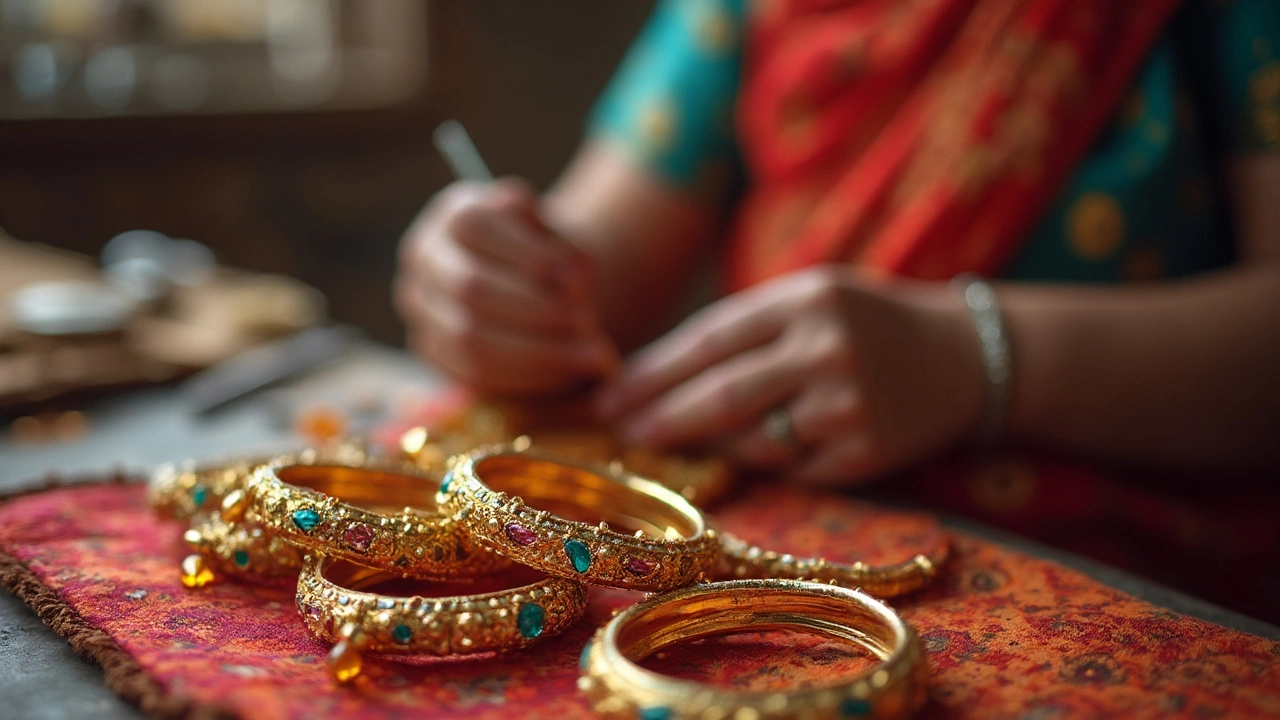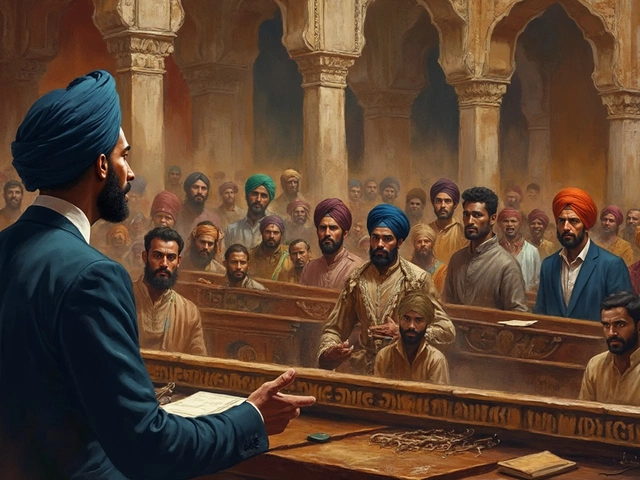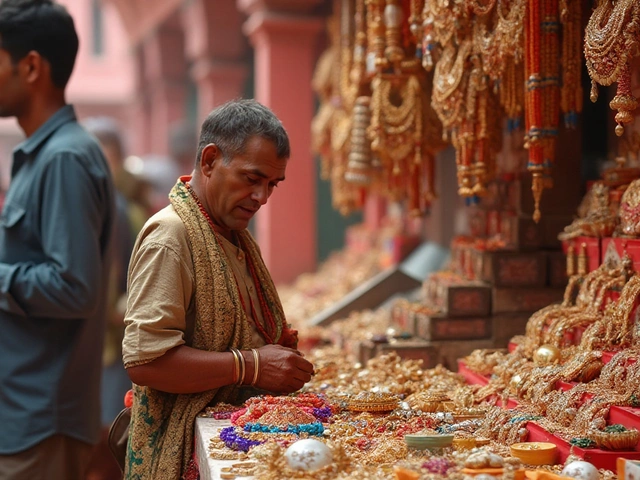Jewelry Prices Made Simple – What You Need to Know Before You Buy
If you’re scrolling through online shops or a market stall, the first thing you’ll wonder about is the price. Is it fair? Should you wait for a better deal? This guide breaks down the basics of jewelry pricing in India so you can decide quickly and confidently.
How Gold Prices Are Set
Gold is priced per gram on the daily market, and every piece you see adds a making charge on top of that. The most common hallmark you’ll meet is “875,” which means the piece is 21‑karat gold – 87.5% pure gold and 12.5% other metals for strength. To check the real cost, note the gram weight, look up the current spot price, and then add the maker’s charge (usually 5‑10% of the metal value). If a necklace says 10 g and gold is ₹5,000 per gram, the base metal value is ₹50,000. Add a ₹5,000 making charge and the total should be around ₹55,000. Anything much higher needs a closer look.
Another quick tip: gold prices often dip in the months of March and September when demand slows after festivals. Buying during these periods can shave a few hundred rupees off each gram.
Silver, Platinum and Other Metals – Quick Price Checks
Silver is stamped with “833” (83.3% pure). Its price follows the global silver rate, which is usually a fraction of gold. Multiply the gram weight by the current silver spot price and add a modest making charge (around 3‑5%). Platinum and palladium are rarer in Indian jewelry, but they work the same way – spot price plus making fee.
When you see a piece without a hallmark, ask the seller for a purity certificate or BIS hall‑mark verification. A missing stamp is a red flag that the metal might be cheaper alloy or even plated.
Beyond metal value, gemstone quality dramatically changes price. Cut, colour, clarity and carat weight all matter. Certified stones (GIA or IGI) come with a lab report that tells you exactly what you’re paying for.
Now that you know the basics, here are three practical steps to avoid overpaying:
- Ask for the exact gram weight and calculate the metal cost yourself.
- Check for a BIS hallmark or a reputable certification for stones.
- Compare the making charge to similar pieces online – most reputable sellers stay within a 5‑10% range.
If you’re looking at resale value, focus on well‑known brands and classic designs. Pieces from established Indian brands often retain 70‑80% of their original price if kept in good condition. Vintage gold sets and diamond jewellery also hold value, especially when the hallmark and certification are clear.
Finally, timing matters. The best month to buy gold in India is typically January, right after the New Year rush, when prices are lower. For silver, watch the global market; a dip usually follows major industrial demand drops.
By doing a quick metal‑weight check, confirming hallmarks, and picking the right time, you can walk away with a piece that looks great and costs a fair price. Happy shopping!
Why Are Bangles So Expensive? Real Reasons & Behind-the-Scenes Insights
Explore the reasons why bangles are expensive. Dive deep into material costs, craftsmanship, tradition. Learn tips for smart buying and real-life stories.





